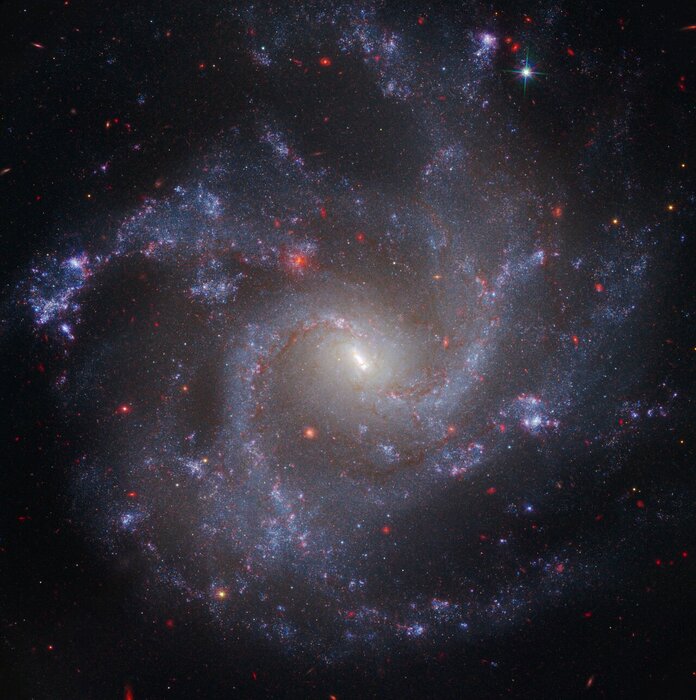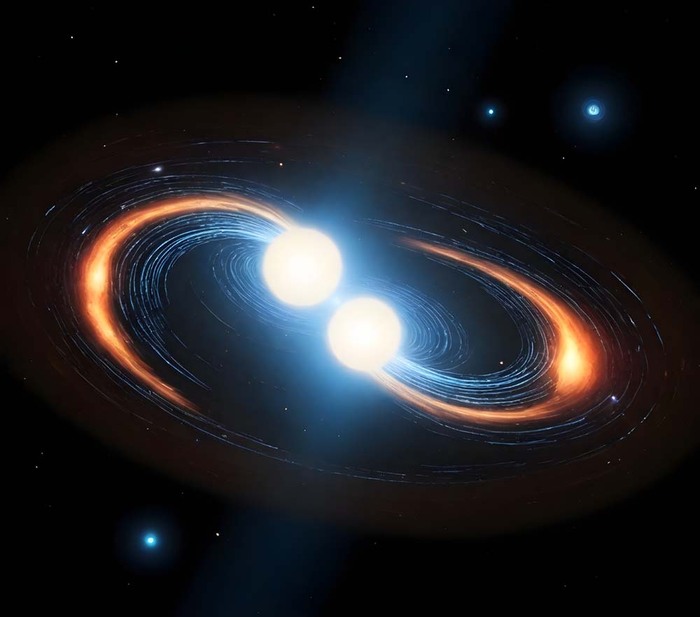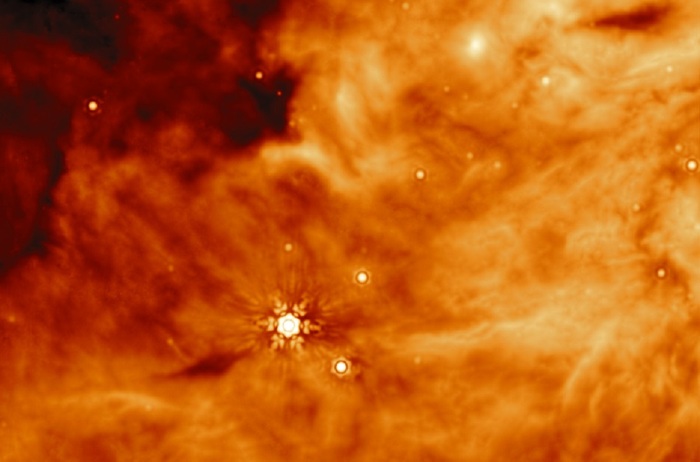Enlarge image
The last picture of "James Webb" for the time being, taken after the telescope was separated from the rocket
Photo: NASA TV / AFP
It's just a small black point that floats through the image, coming from the center to the top right: Australian astronomer George Zhou from the University of Southern Queensland published a picture of a telescope at the Mount Kent Observatory on Twitter. You can see the "James Webb" telescope, which was launched on Christmas Day, on its way to its place of use, which is around one and a half million kilometers from Earth. In the ten days or so since it was launched from the European spaceport in Kourou in French Guiana, the observatory has covered around two thirds of the necessary distance.
"James Webb" comes half a kilometer closer to his goal every second. That shows a detailed overview of the US space agency Nasa. It also shows what still needs to be done until then: the telescope's sun protection is currently being unfolded, it consists of five layers of thin film and is the size of a tennis court. Only with its help can the observatory be cooled so that, as planned, it can also observe weak infrared radiation from the early days of the universe around 13 billion years ago.
Unfolding the sunshade is considered a key point in the complicated commissioning of the telescope. And according to NASA, everything has gone according to plan so far: three of the five layers are now complete. When the two missing foils have also been extended, first the smaller secondary mirror and then the larger primary mirror of the telescope are unfolded. This in turn consists of 18 segments that still have to be fully developed in a two-stage process.
The first images of the telescope should be published in June or July.
"There are four instruments on board, and each of them has hundreds of different observation modes that you first want to check whether they work," said Günther Hasinger, Director of Science at the European Space Agency (Esa) in an interview with SPIEGEL.
Three main scientific goals
There are three main scientific objectives for the James Webb telescope. It is intended to provide a glimpse into the earliest universe, study star formation with previously unattainable accuracy and also examine the atmospheres of exoplanets - in order to possibly find evidence of life there. The American, Canadian and European space agencies have joined forces to implement the project. Most of the costs are borne by the Americans. Researchers can apply for observation time.
Time and again, "James Webb", named after a former NASA boss, is referred to as the successor to the "Hubble" telescope.
This is not the case, however, because both observe in largely separate wavelength ranges.
The mirror of the "Webb" telescope is a good six times larger than that of "Hubble", but at the same time it weighs only half as much.
»The decision was made for high-tech with extremely low weight.
Everything is interwoven, so that development is a very delicate matter, «says Esa director Hasinger.
So far, after all, everything seems to have gone well.
chs













